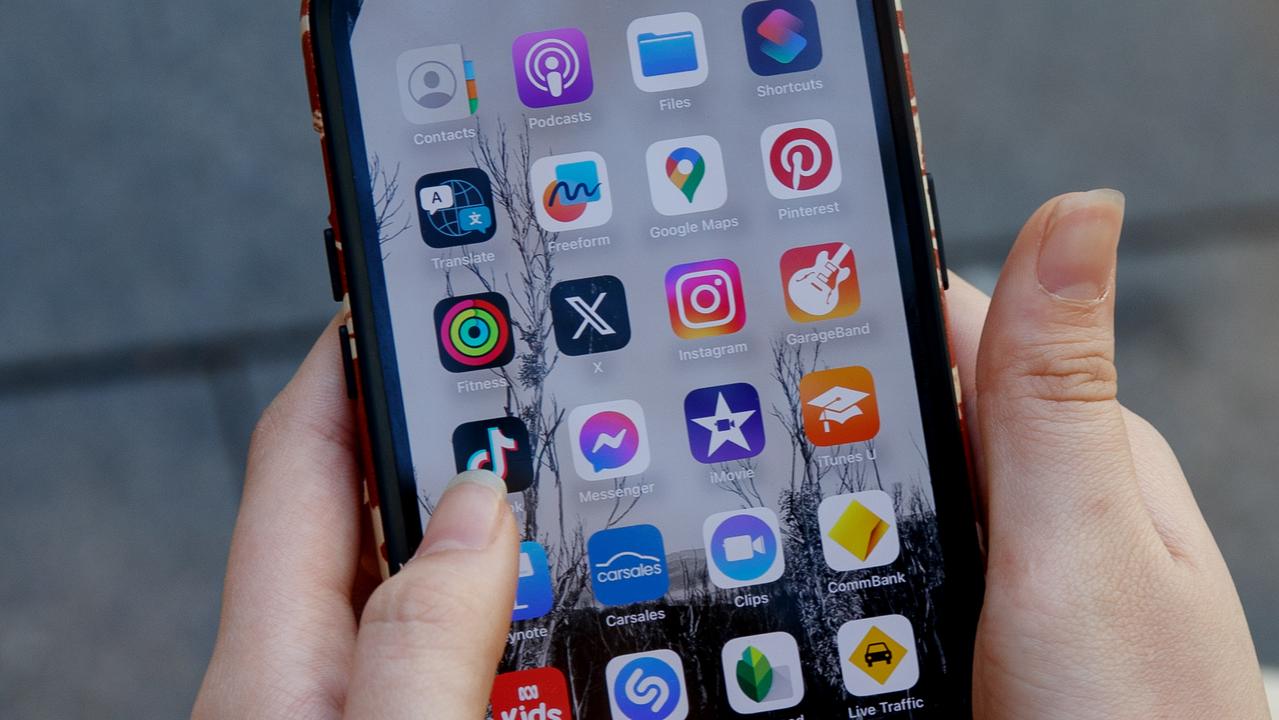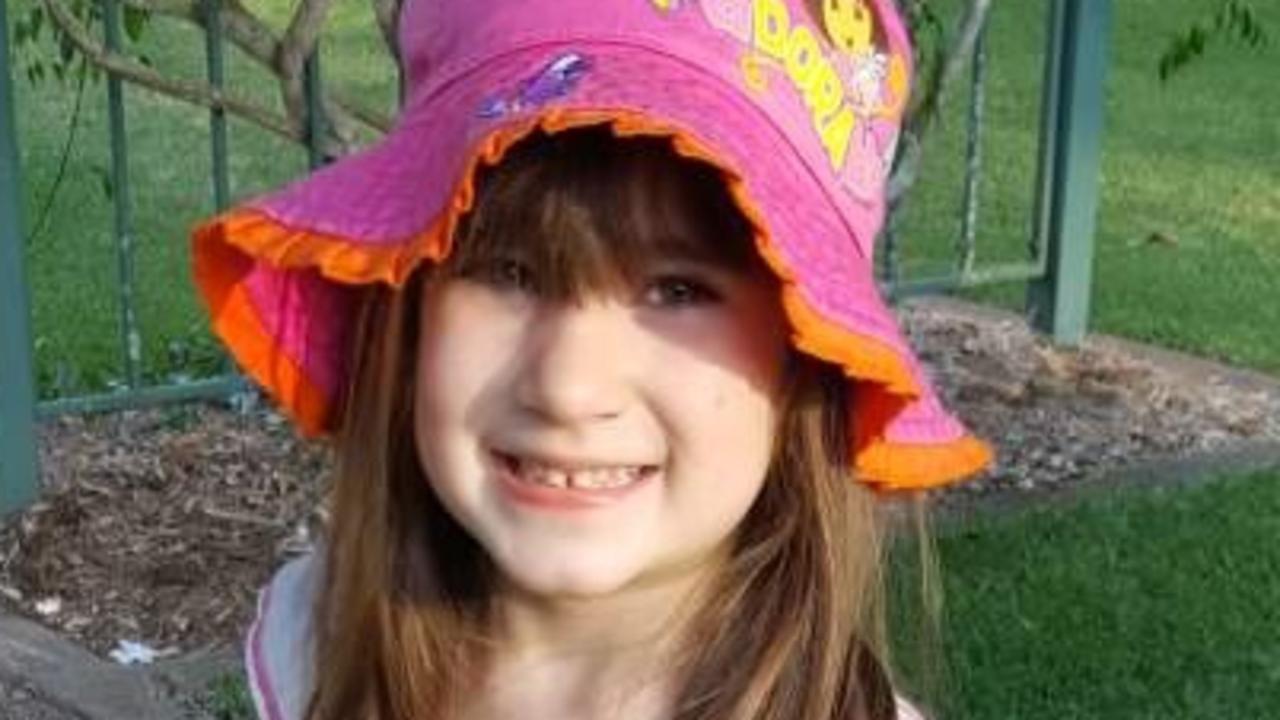Recreational drug use in Australia is now ‘mainstream’ and how it’s dealt is changing rapidly
RESEARCH has uncovered recreational drug use in Australia is now mainstream and how some illicit substances are dealt is changing rapidly.
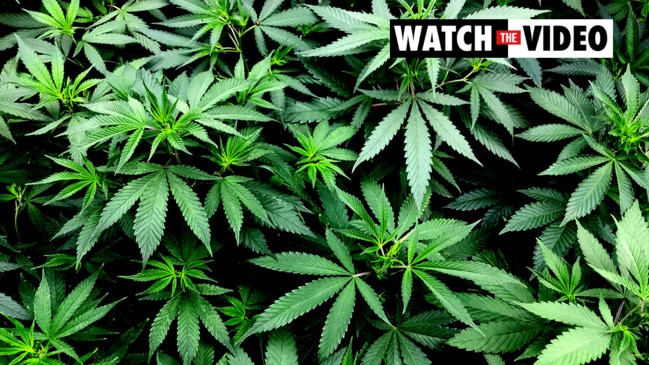
RECREATIONAL drug use in Australia has become significantly more mainstream rather than a behaviour that exists on the fringes of society, a leading researcher has said.
In addition, the way a number of illicit substances are being dealt to users is rapidly changing.
Professor John Scott from Queensland University of Technology was part of groundbreaking global research, published in the International Journal of Drug Policy this week, exploring the growing trend of “social drug supply”.
“Two central elements often associated with the term social supply are ‘non-profit’ and ‘non-stranger supply’,” Prof Scott said.
Rather than the stereotypical idea of a street dealer selling drugs to strangers, he said people are increasingly providing some substances to friends and family for no financial gain.
For example, a person might buy a quantity of cannabis and “sell” portions of it on to mates or relatives for cost price, he said.
“It goes on a lot with certain types of drugs, especially cannabis, which is what this research focused on,” Prof Scott said.
“Peripheral studies in this area have also identified social supply as predominant in most cocaine, methamphetamine and ecstasy transactions — a large proportion of which are carried out on a not-for-profit basis.”
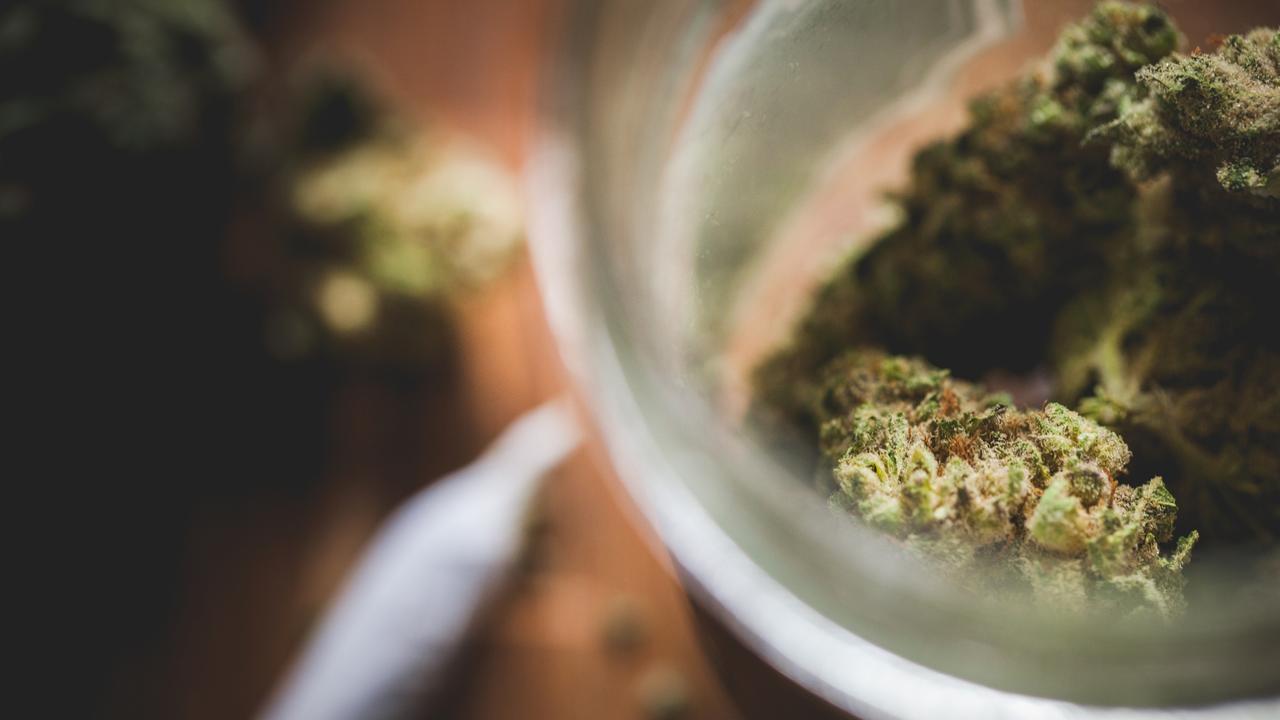
His research interviewed a large group of self-identified suppliers of cannabis and found 55 per cent dealt only to friends or family with no financial gain.
He said just eight per cent sold to strangers and only three per cent said they were purely motivated by profit.
“The other interesting thing is when you ask those people how they regard themselves, they would be horrified to see themselves as drug dealers,” Prof Scott said. “They see drug dealers are greedy and unscrupulous, as exploiting innocent people.”
Social supply was mostly common with drugs that were seen as a “group activity” and consumed with others.
The profile of a drug user in Australia is also changing and has become significantly more “normalised” when it comes to certain substances, he said.
“Recreational drug use has shifted from a behaviour for those on the margins of society to a place in which most recreational drug use is now comparatively mainstream,” he said.
“Users are now as likely to come from a range of ‘normal’ backgrounds crossing the social spectrum as from socially excluded populations.”

Cannabis is the most widely used drug in Australia and usage rates have remained mostly steady for the past decade, despite a greater focus on harm minimisation and deterrence.
About 10 per cent of Australians have used cannabis recently, while 30 per cent are likely to use it in their lifetimes, according to the National Drug and Alcohol Research Centre.
Marijuana possession also overwhelmingly accounts for the most law enforcement activity in the drug space.
The number of cannabis consumers arrested has risen over the past decade, while arrests of providers or dealers has remained unchanged.
“There were about 77,000 arrests last year related to cannabis but only 13 per cent of those arrests were of dealers or providers,” Prof Scott said.
“The laws were set up to punish the dealer, the pusher if you like, but that’s not the reality we’re seeing.
“The law has many intentions, one of which is deterrence, but you look at the numbers on drug usage and it’s clear people aren’t being deterred. It’s not working.”
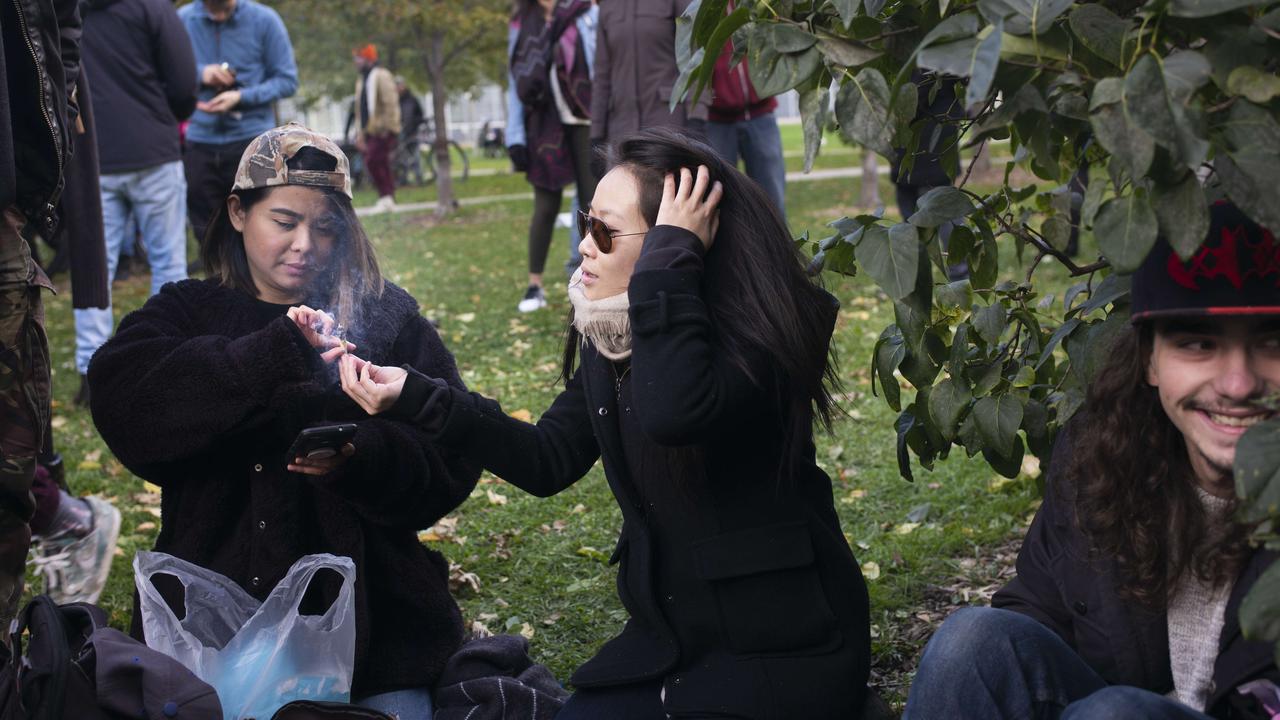
The issue with the growing trend of social supply is that there is no differentiation in the eyes of the law and punishments can be disproportionate to the seriousness of offences, he said.
A case he examined from New South Wales involved a man arrested with 20 ecstasy tablets that he had bought to share with friends for no profit.
Another in South Australia involved a man who had a quantity of drugs that he was selling at cost to a small group of friends.
Both faced serious trafficking charges, which carry hefty jail terms and significant fines.
“In essence, drug users and social suppliers risk receiving sentences that were designed to discourage and punish committed commercial drug dealers,” Prof Scott said.
“Australia is among a number of countries that rely on the identification of ‘threshold quantities’ — the weight of the drug seizure — as an indicator of (criminal) offences when distinguishing suppliers from users.”
Courts will often informally acknowledge the rising trend of social supply and impose no sentence or a suspended sentence accordingly.
“However that is at the discretion of the sentencer,” he said.
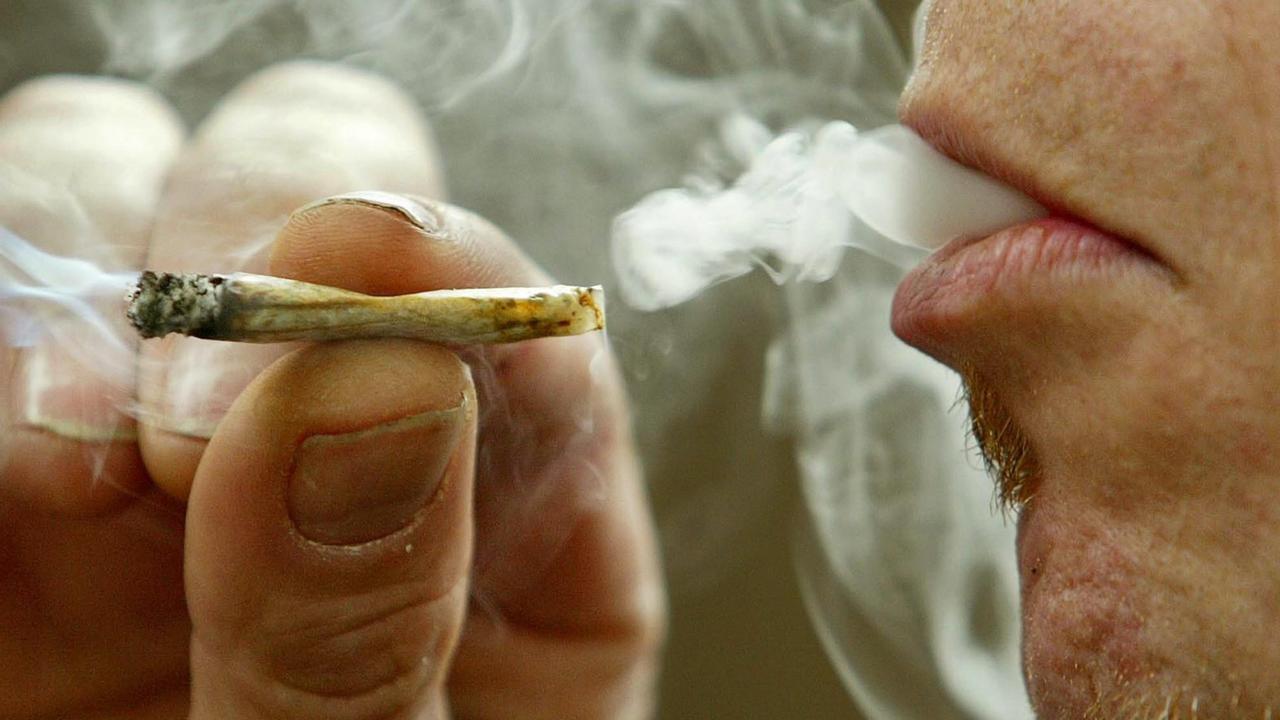
Police say they operate within the frameworks of Australia’s National Drug Strategy, which has a principle of harm minimisation and the reduction of supply and demand.
The strategy is endorsed by the Public Health Association, which said substance misuse should be treated as a health issue, not a criminal issue.
Australian Drug Law Reform Foundation president Alex Wodak said cannabis use should be decriminalised and regulated.
“Supporters of cannabis prohibition frequently assert with great confidence that punitive approaches reduce consumption while a lenient approach increases use, yet credible evidence to support this contention is unimpressive,” he wrote in an op-ed for the ABC.
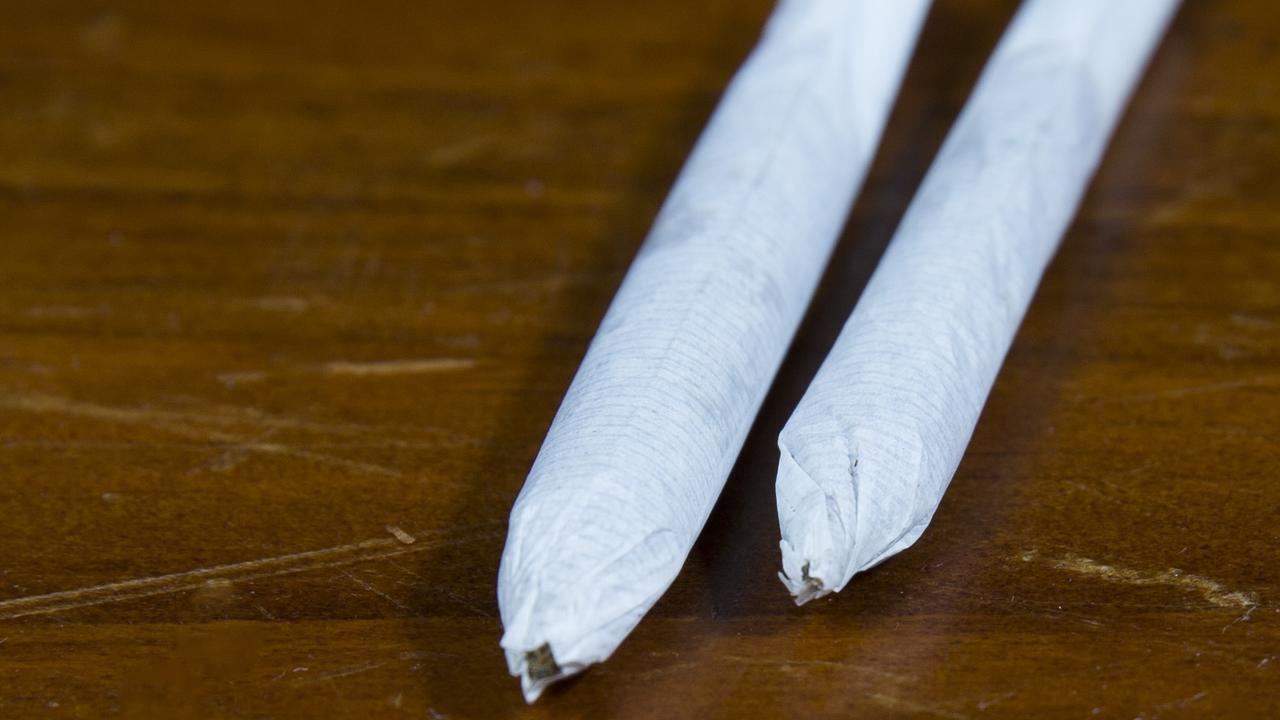
“It is difficult to find reliable estimates of the cost of cannabis prohibition in Australia and an even greater challenge to identify benefits from banning the drug.”
An Essential Media poll in 2016 found that 55 per cent of Australians support an end to cannabis prohibition, provided it is regulated and taxed.
It also enjoys mostly bipartisan support, with more than 50 per cent of Labor and Greens voters behind the idea as well as 47 per cent of Liberal voters.
The majority of men and women are also in favour of legislation cannabis, the poll found.


